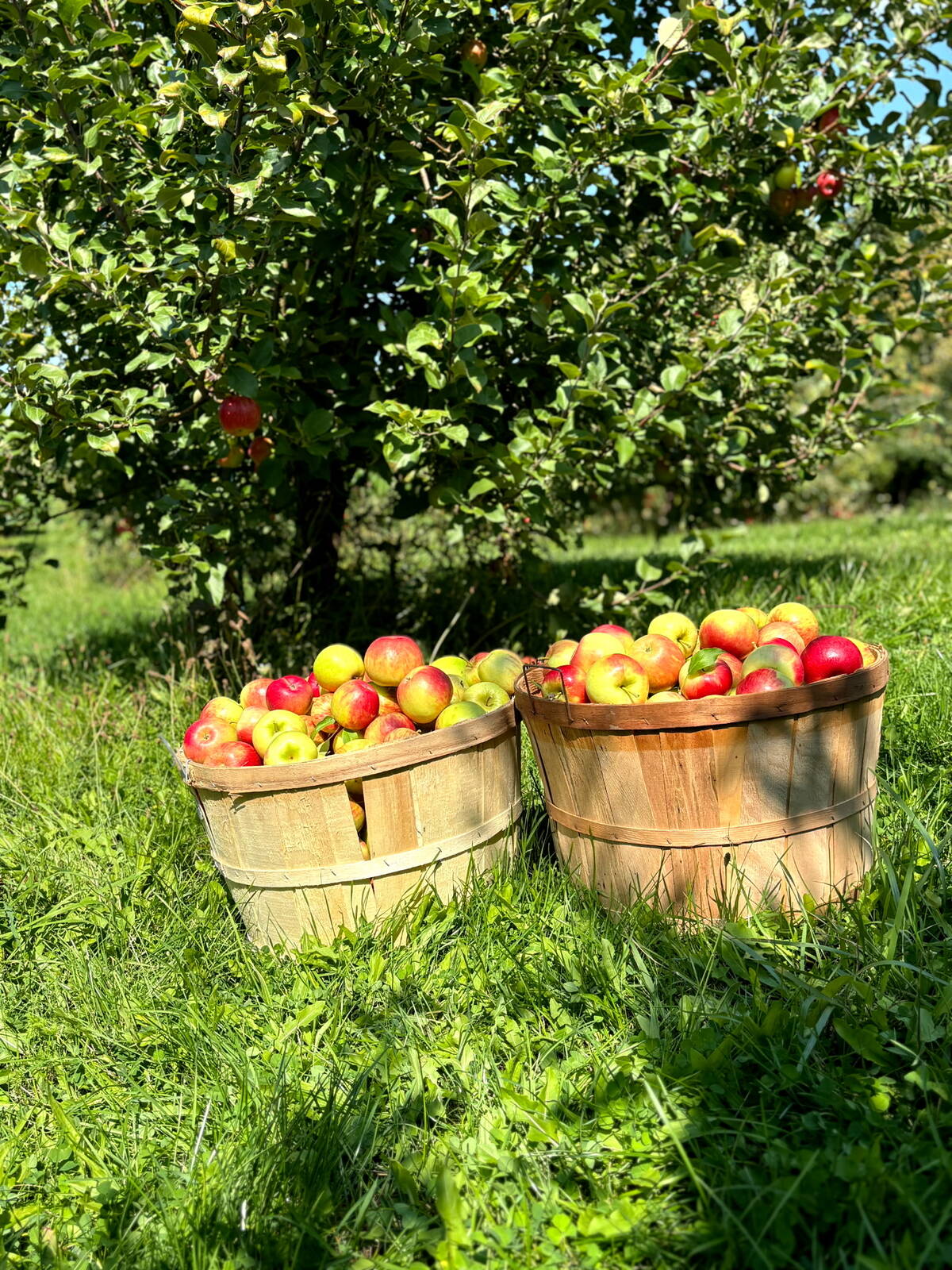When it comes to deciding what’s for dinner in this house, we often refer to recipe books collected over the years via family hand-me-downs, fundraisers or interest in our ethnic roots, health or ethics.
It’s easy to spend an hour or more flipping through these collections, comparing notes and ingredients from one recipe or another.
One of my favourites is the book produced by the Manitoba Women’s Institute to commemorate the organization’s 100th anniversary in 2010.
Read Also

Farmers taking to social media to spread the word about the cost of farm thefts
A rash of farm thefts in Ontario have left farmers looking for new ways to help customers understand the cost of stealing goods.
The tidbits of history and the recipe names themselves such as “Hamburgers for Fair Day,” which calls for 50 pounds of hamburger, “Oven Dinner (Good for Wash Day),” “Starvin’ Guy Chicken Pie” or “Mother-in-Law’s Meat Loaf” tell you a little something about the lives these contributors lived.
Increasingly, however, we look online by plugging the ingredients we wish to use into a Google search and seeing what pops up for ideas. Or we come across a recipe on social media that looks good enough to eat.
In our rural Manitoba household, “shopping” for those ingredients might mean a trip to the store, but more frequently involves turning to one of the freezers, (yes, that’s plural), our pantry or the garden during summer months.
The newly released Nourish Network’s food trend report cites “recipe shopping” as the primary driver of new food product trials. “While 83 per cent of consumers use recipes to build their shopping lists, how they do this varies by generation,” said the report, citing a recent Chicory agency annual recipe survey.
Generation X is the biggest recipe shopper, followed by millennials and then Gen Zs. Baby Boomers were the lowest online recipe searchers, perhaps because they grew up pre-internet and know the pleasure of leafing through recipe books dog-eared and splattered from generations of use.
That Chicory report found that recipes were 19 per cent more likely to inspire a shopper to try a new product than a recommendation by a family member, 61 per cent more than the item being featured by the retailer, and 78 per cent more likely than an influencer recommendation.
Online recipe searches have grown because more people are cooking at home during the pandemic, but so have online food purchases. That’s a trend likely to stick around now that consumers of all generations have crossed the digital threshold and discovered the convenience of online shopping.
When Jo-Ann McArthur, president of Nourish, looks at those trends in combination, she sees significant implications for how the grocery shopping experience could change. Pressure is building on food retailers to mimic the online experience in-store, influencing everything from layout to packaging to new combinations of prepared and semi-prepared meal options.
Instead of sending shoppers up and down the aisles shopping for ingredients by category, stores may need to offer more bundled meal solutions that place recipe ingredients in close proximity.
“Grocery needs to approach the traditional shopping trip from a meal-backwards perspective rather than category department forward, and reverse engineer the customer experience,” McArthur says in the report.
Shopping behaviours are among 11 food and agriculture sector trends covered in the annual report produced by McArthur and Len Kahn, president emeritus of agricultural marketing agency Kahntact.
They suggest we’re in a transition globally from the pandemic crisis to a growing acceptance that climate change is real.
“We see climate change directly contributing to rising food prices,” the report says, noting a sharp reduction in Canadian durum production due to last summer’s drought has caused prices to spike, spilling into the cost of pasta.
“There is no avoiding the fact that our health and our planet’s health are inextricably linked,” the report says.
However, different generations are responding differently, with Boomers turning to health-conscious recipes and Gen Z’ers on the hunt for climate-friendly choices.
On the farm, producers are on the front lines of climate change. They are facing more uncertainty and yield risk while interest rates and production costs rise.
Rising rates, labour costs and shortages and the implications of carbon pricing could all impact farmers’ costs of operating, but they have limited ability to pass those along.
For all of us, the cost of answering that “what’s for dinner?” question is going up. And finding the right recipe is becoming more complicated.













